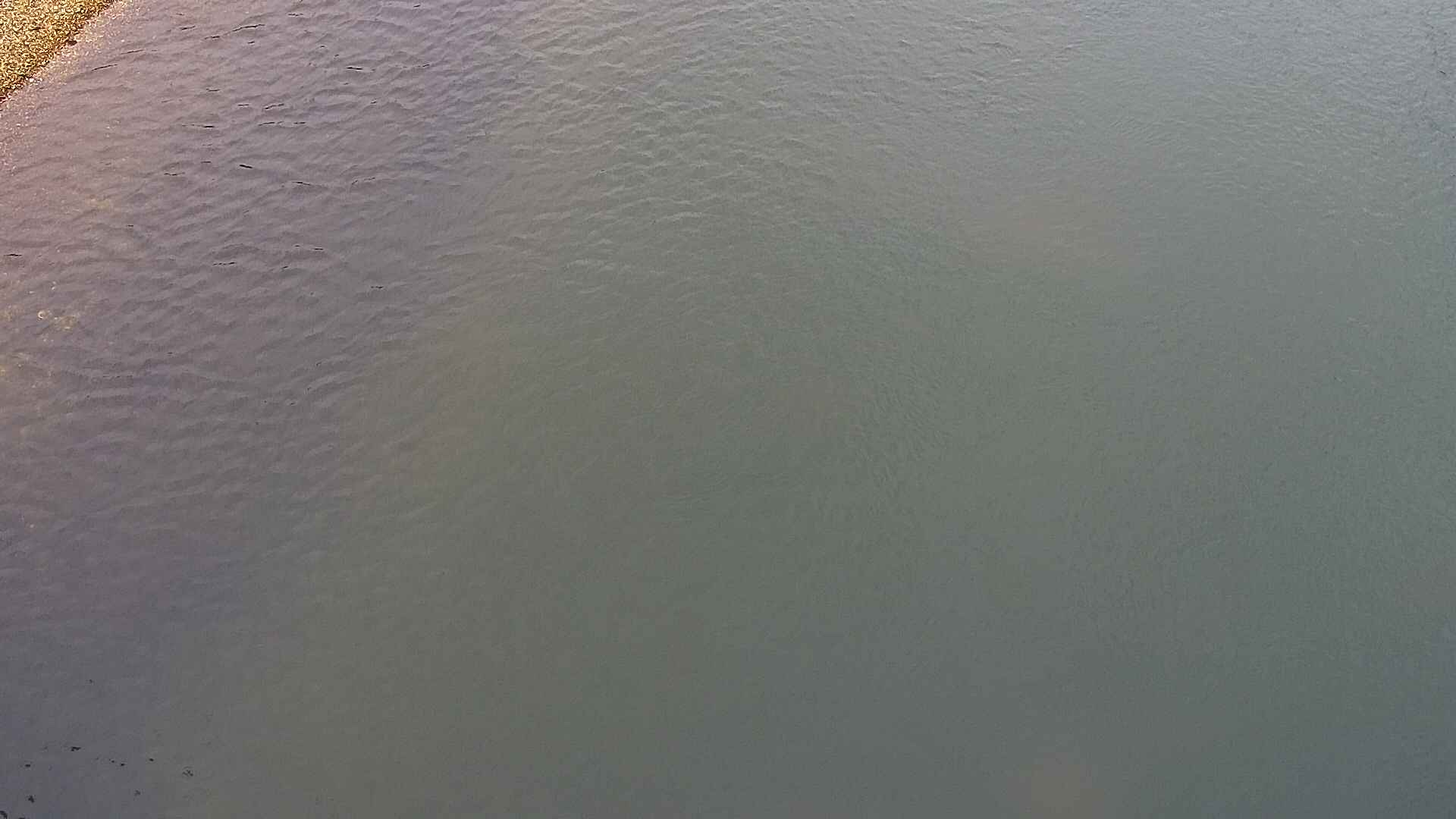The Illinois River Floatcam is located at USGS station 07196320 on the Illinois River near Moodys, OK (Combs Bridge), about 36 miles downstream from the Arkansas state line.
S. Jerrod Smith
S. Jerrod Smith is a Hydrologist and Groundwater Modeling Specialist for the USGS Oklahoma-Texas Water Science Center. His recent projects simulated groundwater-flow and estimated groundwater availability in alluvial aquifers of Oklahoma.
Science and Products
Groundwater Modeling at the Oklahoma-Texas Water Science Center
Flood Database for Oklahoma
Shawnee Twin Lakes Bathymetry
Groundwater Modeling at the Oklahoma-Texas Water Science Center
North Fork Red River Aquifer Study
Salt Fork Red River Alluvial Aquifer Study
Subject-Area Specialists
Oklahoma DroughtWatch
Oklahoma StreamStats
Aquifer Characteristics of Selected Aquifers in Oklahoma
MODFLOW-NWT model used in simulation of groundwater availability in reaches 3 and 4 of the Washita River aquifer, southern Oklahoma, 1980–2017
Data release for mean annual runoff and annual runoff variability map for Oklahoma, 1940-2007
Data Release of Basin Characteristics, Generalized Skew Map, and Peak-Streamflow Frequency Estimates in Oklahoma, 2017 (ver. 1.1, September 2020)
Bathymetric Surveys of the Neosho River, Spring River, and Elk River, northeast Oklahoma and southwest Missouri, 201617
Bathymetry and capacity of Shawnee Reservoir, Oklahoma, 2016
Mean annual runoff and annual runoff variability map for Oklahoma, 1940–2007
Bathymetry and capacity of Shawnee Reservoir, Oklahoma, 2016
The Illinois River Floatcam is located at USGS station 07196320 on the Illinois River near Moodys, OK (Combs Bridge), about 36 miles downstream from the Arkansas state line.
Hydrogeology and simulated groundwater availability in reaches 3 and 4 of the Washita River aquifer, southern Oklahoma, 1980–2017
Hydrogeology and model-simulated groundwater availability in the Salt Fork Red River aquifer, southwestern Oklahoma, 1980–2015
Hydrogeology and simulation of groundwater flow in the Central Oklahoma (Garber-Wellington) Aquifer, Oklahoma, 1987 to 2009, and simulation of available water in storage, 2010–2059
Hydrogeology and simulated groundwater flow and availability in the North Fork Red River aquifer, southwest Oklahoma, 1980–2013
Bathymetric surveys of the Neosho River, Spring River, and Elk River, northeastern Oklahoma and southwestern Missouri, 2016–17
Hydrogeology and simulation of groundwater flow and analysis of projected water use for the Canadian River alluvial aquifer, western and central Oklahoma
Summary of U.S. Geological Survey studies conducted in cooperation with the Citizen Potawatomi Nation, central Oklahoma, 2011–14
Methods for estimating the magnitude and frequency of peak streamflows at ungaged sites in and near the Oklahoma Panhandle
Dam-breach analysis and flood-inundation mapping for selected dams in Oklahoma City, Oklahoma, and near Atoka, Oklahoma
Description of landscape features, summary of existing hydrologic data, and identification of data gaps for the Osage Nation, northeastern Oklahoma, 1890-2012
Evaluation of groundwater and surface-water interactions in the Caddo Nation Tribal Jurisdictional Area, Caddo County, Oklahoma, 2010-13
Hydrogeology, distribution, and volume of saline groundwater in the southern midcontinent and adjacent areas of the United States
Science and Products
Groundwater Modeling at the Oklahoma-Texas Water Science Center
Flood Database for Oklahoma
Shawnee Twin Lakes Bathymetry
Groundwater Modeling at the Oklahoma-Texas Water Science Center
North Fork Red River Aquifer Study
Salt Fork Red River Alluvial Aquifer Study
Subject-Area Specialists
Oklahoma DroughtWatch
Oklahoma StreamStats
Aquifer Characteristics of Selected Aquifers in Oklahoma
MODFLOW-NWT model used in simulation of groundwater availability in reaches 3 and 4 of the Washita River aquifer, southern Oklahoma, 1980–2017
Data release for mean annual runoff and annual runoff variability map for Oklahoma, 1940-2007
Data Release of Basin Characteristics, Generalized Skew Map, and Peak-Streamflow Frequency Estimates in Oklahoma, 2017 (ver. 1.1, September 2020)
Bathymetric Surveys of the Neosho River, Spring River, and Elk River, northeast Oklahoma and southwest Missouri, 201617
Bathymetry and capacity of Shawnee Reservoir, Oklahoma, 2016
Mean annual runoff and annual runoff variability map for Oklahoma, 1940–2007
Bathymetry and capacity of Shawnee Reservoir, Oklahoma, 2016
The Illinois River Floatcam is located at USGS station 07196320 on the Illinois River near Moodys, OK (Combs Bridge), about 36 miles downstream from the Arkansas state line.
The Illinois River Floatcam is located at USGS station 07196320 on the Illinois River near Moodys, OK (Combs Bridge), about 36 miles downstream from the Arkansas state line.











